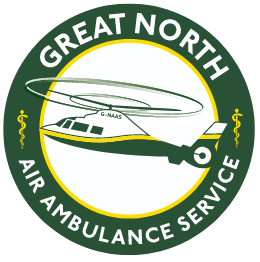Rachel has been a consultant for more than 10 years and is the department lead and subject matter expert in managing major haemorrhage.
GNAAS doctor, Rachel Hawes, has been with the charity since 2009!
When she’s not saving lives across the region on the organisation’s helicopters and overnight cars, she’s a major trauma consultant anaesthetist at the Royal Victoria Infirmary (RVI) in Newcastle.
Rachel has been a consultant for more than 10 years and is the department lead and subject matter expert in managing major haemorrhage.
We were intrigued to find out how her passion for trauma anaesthetics started and how her days look in hospital when she’s not providing pioneering critical care at the scene of accidents for GNAAS.
Here’s what she said:
I’ve always been interested in trauma and because I wanted to subspecialise in trauma anaesthetics, it meant training for longer. This further training was a year’s fellowship with GNAAS back in 2009 and then in 2011, it was a military fellowship in trauma in Afghanistan.
The world-class training, I received while over there, was specialist knowledge I wouldn’t have got here in the UK. Over here, we might see severe injuries but generally not as severe or frequently as in Afghanistan which saw me treat triple amputations and allowed me to become well-practised in these types of traumas.
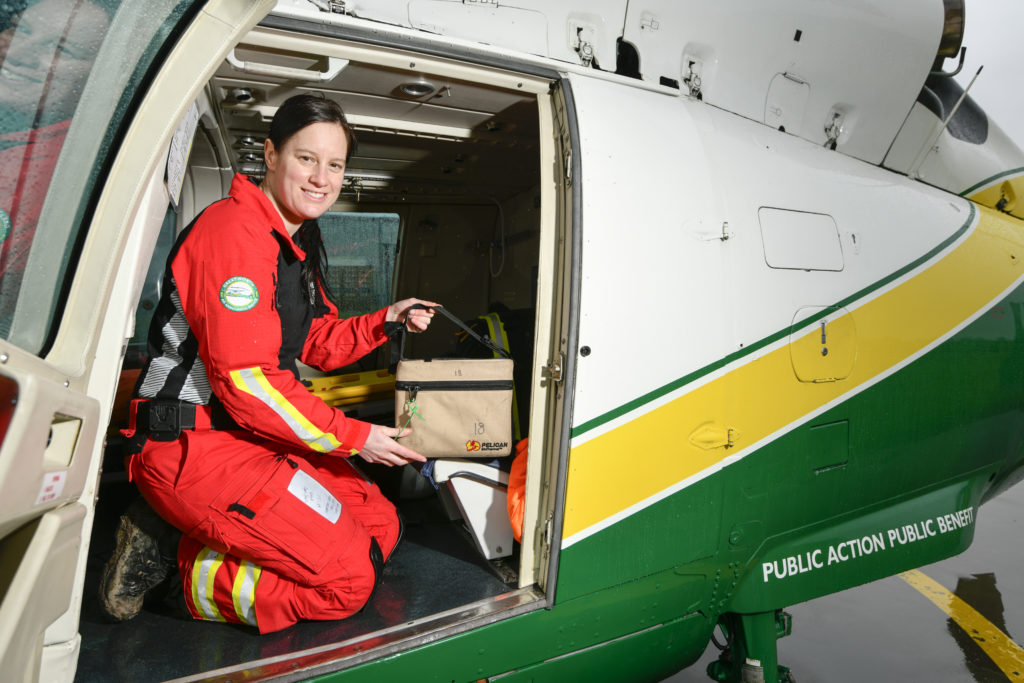

When I came back to the UK, I had learned many new skills and recognised that there were many changes to be made when it came down to pre-hospital medicine and human factors within the NHS. Following this, major haemorrhage protocol changed, and new procedures and decision-making techniques were introduced to help make clinician’s jobs easier, taking patient care to the next level and decreasing mortality rates.
Fast forward, and I have now been a trauma consultant anaesthetist for over a decade and work at the RVI in Newcastle which is a major trauma centre.
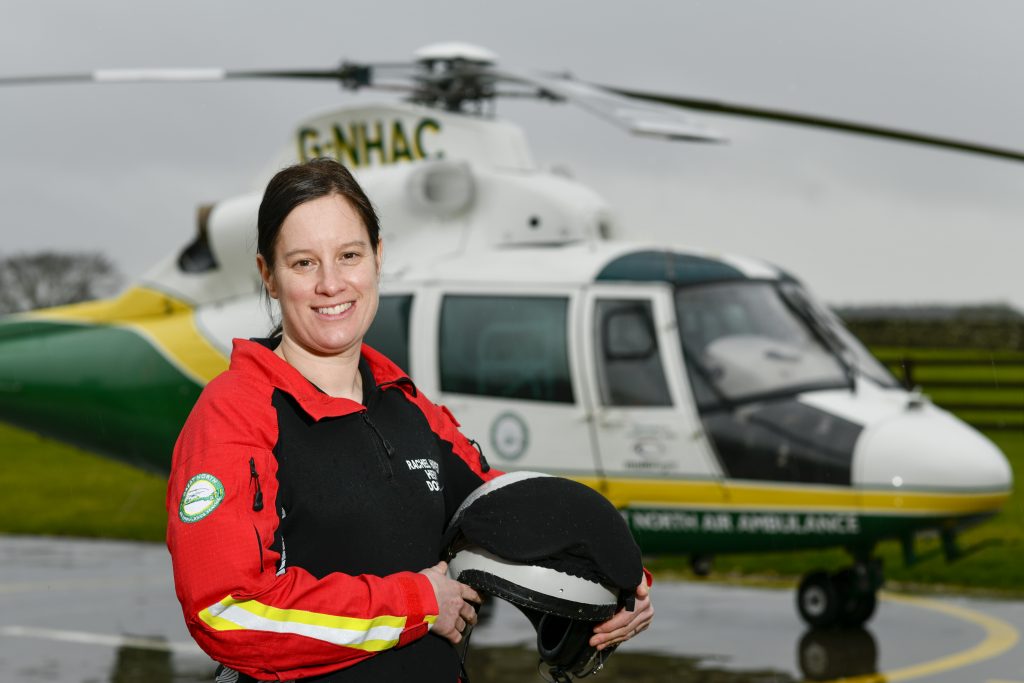

The hospital alone has 40 operating theatres, two intensive care wards (critical care centres), two adult high-dependency wards, one paediatric critical care ward, a labour ward, pain clinic and a pre-assessment clinic – it’s massive.
We also have just under 100 anaesthetists and just under 70 trainees working under that one roof.
If I am working a Monday in the RVI, my day will start at 7.45am.
At 8am, the team will have a meeting to review the patients we have in intensive care, and I will have input on things like a patient’s medication, their complex medical needs and whether they need future resuscitation, and this input is intended to put that patient in the best position before I put them under anaesthetic.
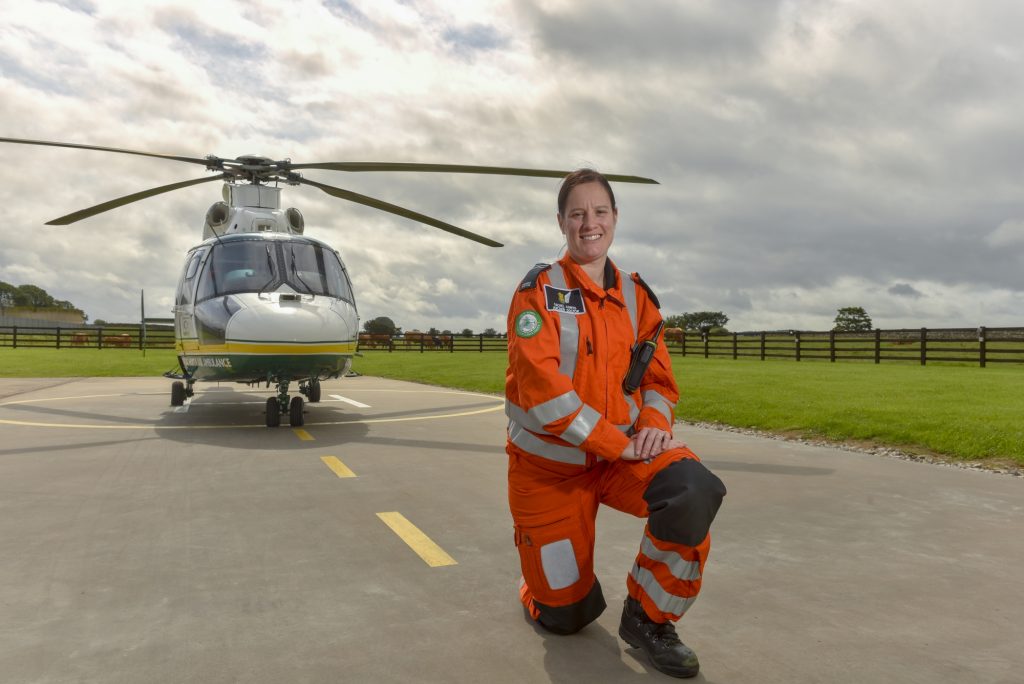

The team will then put together an operating order list for the day before going around the ward talking to patients and their families about what type of anaesthetic we will be administering, what their wishes are, what to expect, what will happen during surgery and get their consent for things like if a blood transfusion is needed during their time in theatre.
We’ll send for the first patient at 8.30am and put them to sleep at 9am.
We try as best we can to follow the list but since we are a major trauma centre, sometimes we must make space for what is known as a ‘code red’, meaning a trauma patient with ongoing haemorrhage.
Our operating list runs from 8am to 8pm and the time a patient is in theatre can vary from hours to minutes.
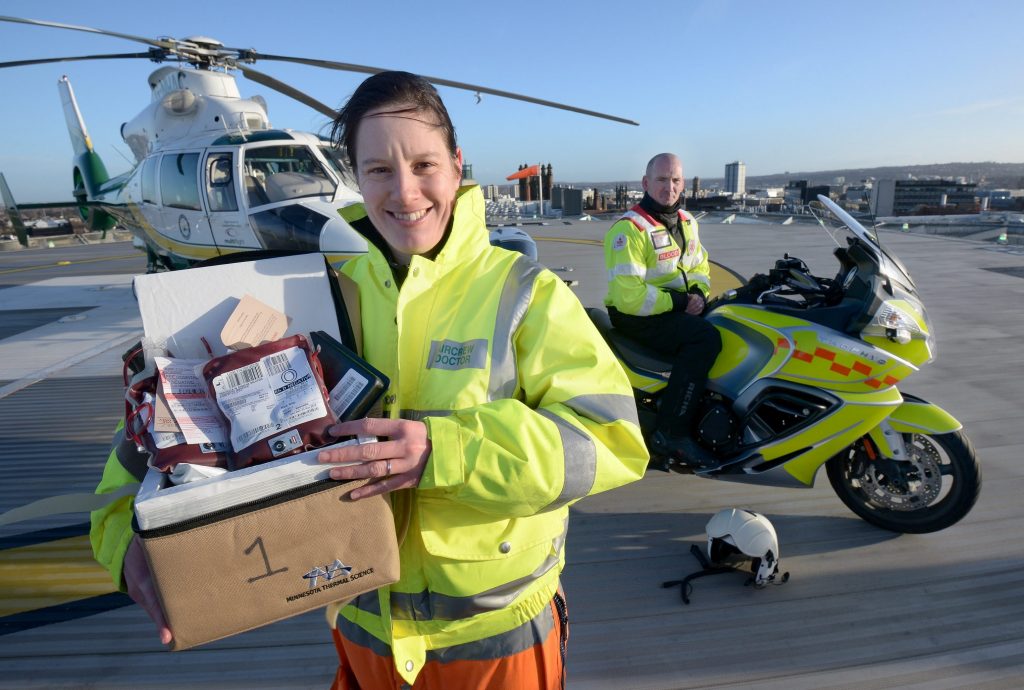

After a full day in theatre, I will debrief with the team and then hand over to the consultant and anaesthetic registrar who is working through the night.
I do have another operating list while at work and this is for spinal surgery and complex spinal tumours. I find this very interesting as it is patients who we think will have a major haemorrhage in surgery. This gives me as the consultant, an opportunity to improve and develop my haemorrhage protocol for future patients and to teach other clinicians.
I then have one admin day a week in hospital where I focus on my research, quality improvements, reviewing incidents, and teaching students.
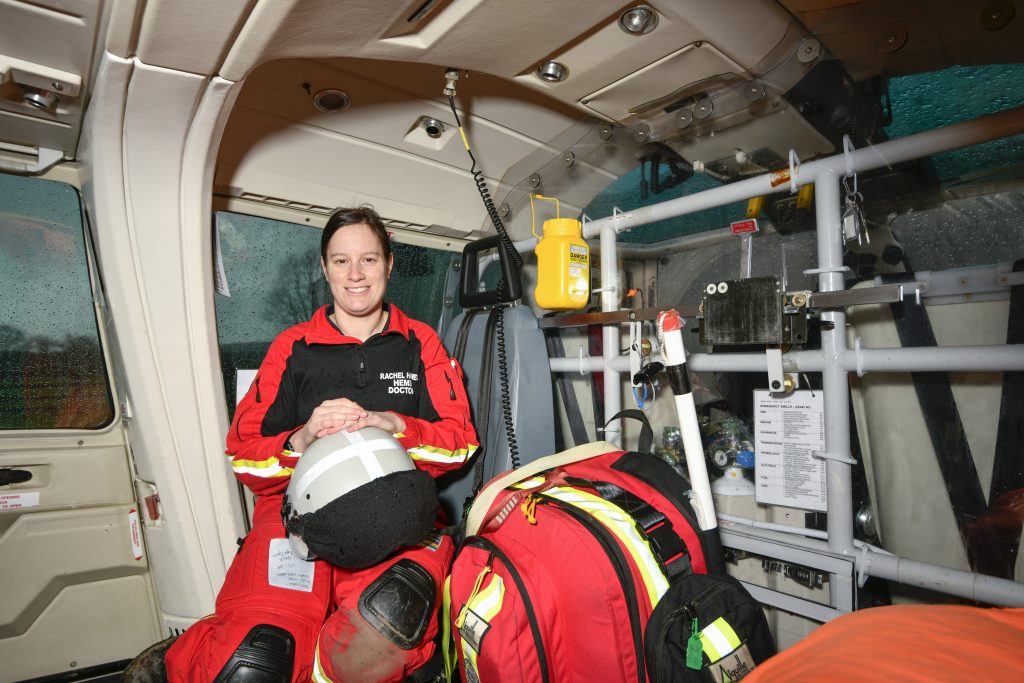

On top of that is my day a week working as a doctor at GNAAS, and I love this role as I feel as though it compliments my consultant job well – the two really go hand in hand.
When I finish work at 8pm it is home to my young children, but I try to work two longer days in the week which gives me a chance on the other days to finish earlier and pick them up from school, have tea with them and do the bedtime routine so that they feel like I’m always there for them too.
It’s a very busy working week, but I love it!
Ready For Anything Raffle
Enter the Ready for Anything raffle and support your life-saving service
Enter now

